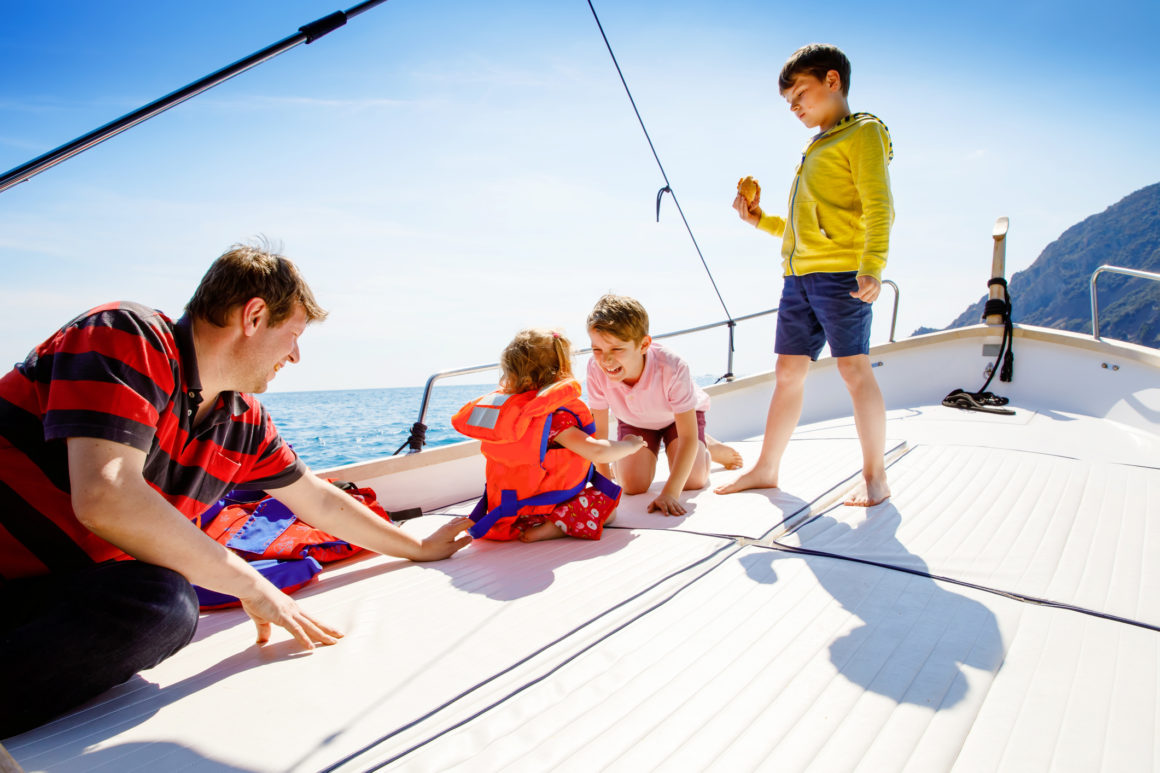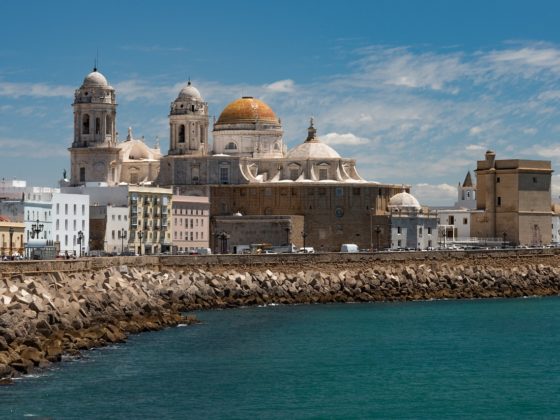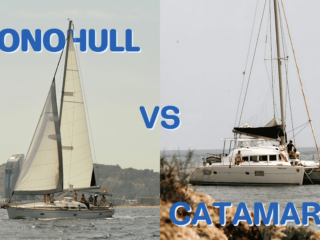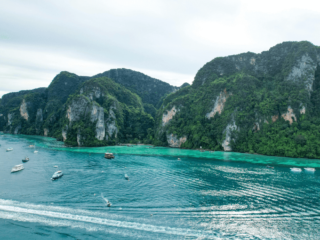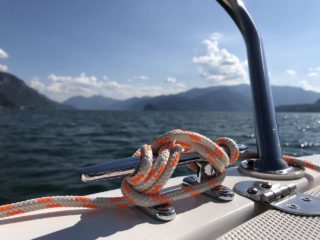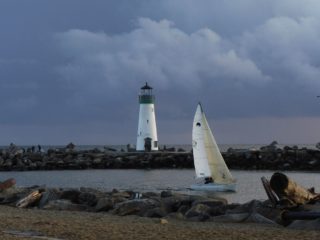Share the post "Boat safety equipment: Your ultimate guide!"
Boat Safety Equipment Checklist
Here at Click&Boat, we take safety very seriously! When it comes to boating, safety should always be a top priority! The right boat safety equipment is crucial for a safe and enjoyable experience on the water. In this post, we delve into the importance of staying safe on your boating adventure!
Why safety equipment is important
Boat safety is something that we don’t always think about when hiring a boat, but it is crucial for onboard safety. Having the right measures in place significantly reduces the chance of an accident and ensures that you are prepared. Safety gear such as life jackets and flotation devices (PFDs) minimise the risk of drowning or injury. Distress signalling equipment such as flares, distress flags and whistles are also vital for effective communication and increase the likelihood of receiving prompt assistance.
Must have boat safety equipment for your boat
The Coast Guard requires different equipment for different boats. However, there are some basics that you must have on board every type of vessel.
Boat first aid kit
A boat safety kit is an essential item to have on board and is the difference between a minor accident and a major incident. From treating minor cuts to more serious injuries, a medical kit equips you with the tools to provide immediate care to everyone on board.

Life Jackets and personal flotation devices (PFD)
A wearable PFD is an absolute must and requirement for everyone on board your vessel! Life jackets are literally the difference between life and death. They are especially important if there are any non-swimmers in your group, and the first thing to be put on when you get on board. They are also a legal requirement and need to be Coast Guard-approved.
Throwable flotation devices
it is crucial to have at least one Type IV floating device on board a vessel. This device, such as a cushion, ring buoy, or other suitable equipment, can is thrown to someone in the water in case of emergencies. You only need one, but we recommend having multiple floating devices on hand.

Fire extinguishers
There are various types of fire extinguishers available. For boats under 26 feet, including personal watercraft (PWCs), at least one B-1 type extinguisher is required. For boats measuring 26 to just under 40 feet, you need either two B-1 types or one B-2 type extinguisher. It’s very important to understand how the fire extinguisher works and to make sure that everyone on board also knows.
Sound producing devices
The purpose of sound signalling devices is to alert nearby boats in case of emergency. You can also use them to let other boats know your intended movements to prevent collisions. They are particularly helpful when visibility is poor and there is a lot of fog and heavy rain.

Visual signalling devices
These are used to help others find your boat in case of emergency and, are useful when visibility is poor. There are 2 types of signals. Day signals are visible in sunlight and night signals are visible in the dark.
Essential additions to your boating checklist
Fuel and Oil
Before setting off on your sailing trip with Click&Boat, it is vital that you check the engine and fuel tank. The fuel tank compartment houses the lifeblood of your boat’s petrol engine. You should make sure to check the fuel levels. This safeguards against the risk of being stranded!
Ventilation
On powered vessels, you must ensure that the enclosed spaces are well ventilated, which ensures the circulation of fresh air. Ventilation prevents the build-up of potentially harmful gases, such as carbon monoxide, and helps with air flow.
The Float Plan
This is a very important document that outlines the details of your trip and is important for communication and safety. It typically includes information such as the boat’s description, the names, and contact details of the passengers. Also included are the intended route, departure and arrival times, expected destinations, and emergency contact information. A float plan provides essential information to SOMEONE in case of an emergency. This information ensures that someone ashore knows your itinerary and can initiate a search and rescue if needed.
So, as you set sail on your next boating trip, remember the navigation rules and stay safe on your next adventure with Click&Boat!

